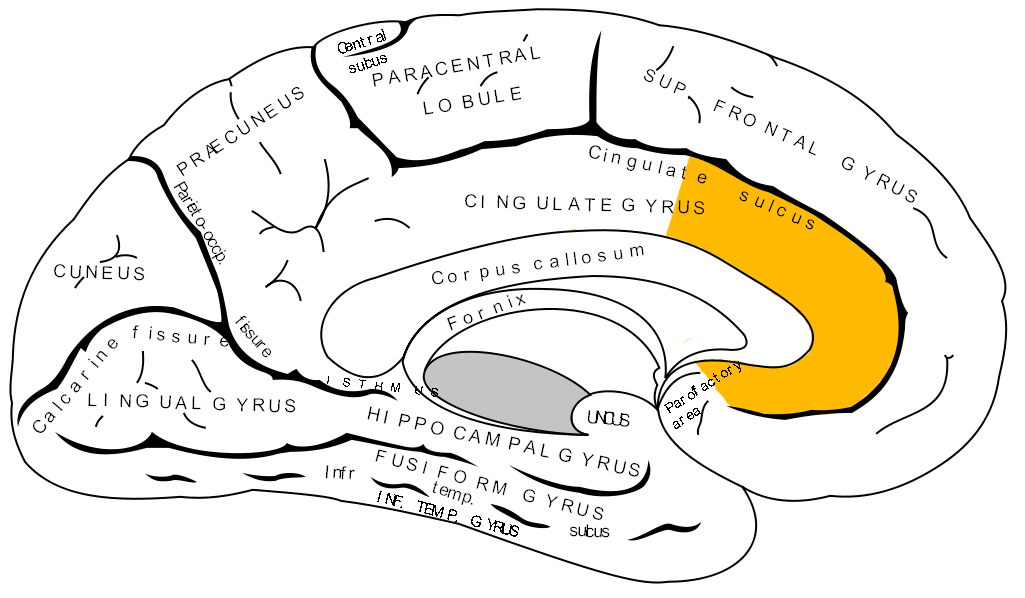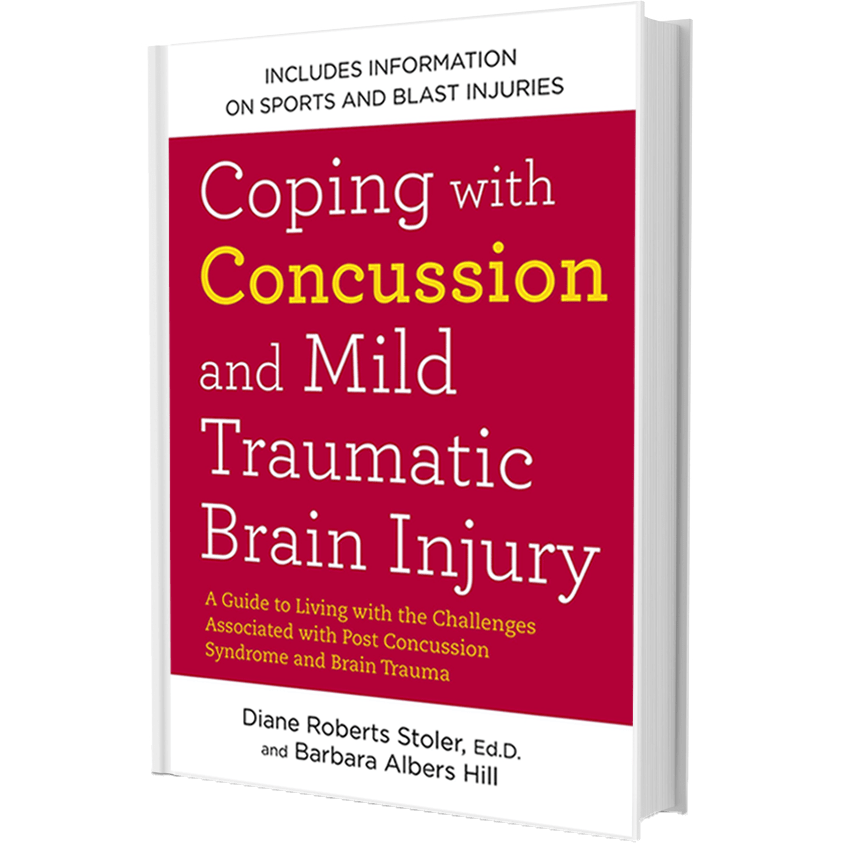Honoring Dr. Francine Shapiro
Originator and Developer of EMDR therapy, A Neuroanatomy perspective
 She passed on June 26 2019 and I am honored and blessed to have known Dr. Francine Shapiro as a colleague and friend. Our relationship was more professional than personal, yet at times we spent hours talking about what she had developed and how.
She passed on June 26 2019 and I am honored and blessed to have known Dr. Francine Shapiro as a colleague and friend. Our relationship was more professional than personal, yet at times we spent hours talking about what she had developed and how.I clearly remember the day she explained to me over the phone how she discovered that rapid eye movements decreased negative emotion. She told me of a day back in 1987, upset and distressed about a situation, she walking in the park. While she was walking the sun was flickering back and forth across her visual field and suddenly she was no longer upset. At the time, she didn’t understand why she felt better, yet the negative thoughts were lifted.
Dr. Francine Shapiro understood that our brain has two hemispheres, what she discovered on that day in the park was that by alternating left-right stimulation of the brain with eye movements, distressing memories seem to lose their intensity. See our Brain Injury Resources page for more information about the linear and nonlinear brain.
She eventually developed this concept into a protocol which is now known as EMDR (Eye Movement Desensitization and Reprocessing Therapy).
The linear brain is logic. It is very structured thinking that includes words, nouns, musical notes, choreography. The nonlinear brain is creativity, feelings, expression, and emotions. For everything linear there is a nonlinear portion attached. This is true in reverse. Everything nonlinear is connected to a linear thought.
When you experience a fearful event or situation, it is recorded through all your senses.

By Brodmann, Mysid. Colured by was_a_bee. – File:Gray727.svg, Public Domain, https://commons.wikimedia.org/w/index.php?curid=8402164
Both Francine and I were trained as trauma therapists. I did additional work in thanatology, which is specialized therapy for grief and bereavement. In June 2001, Robert Zacker of the Grief & Healing Newsletter, interviewed Francine as it related to grief and loss. In this wonderful interview Francine explained that the during deep sleep, you have rapid eye movement, which helps the brain heal and integrate information.
Francine said, “The whole point of EMDR work is to put the healing back on track. People will experience what they need to in order to come to their own helpful resolutions.”
The Frontal Lobe
The frontal lobe is the thinking, logical, judgement, process, problem solving area of your brain. It is your brakes. The left frontal controls your linear brain and the right frontal is the emotional/creative side which controls your nonlinear brain.
Anterior Cingulate Cortex
The anterior region controls and regulates your emotions that are being activated by your amygdala.
Amygdala
Typically, there is one amygdala on each side of the brain. They are thought to be a part of the limbic system within the brain, which is responsible for emotions, survival instincts, and memory. This area is your alarm bell for the fight or flight response. Once that goes off it signals cortical to activate your adrenal to save your life. Only the frontal and anterior cingulate are the brakes to help determine if you are in danger. In people with trauma this area is hijacked, and the fight or flight response is triggered without any perceived danger present. This results in anxiety and panic.
What does EMDR do?
Through the rapid eye movement, the neurological visual signal goes across both hemispheres, thus changing the entire network including the amygdala, anterior cingulate cortex and the frontal lobe. Neural networks of memories connect across various areas of the brain.
The right hemisphere of the brain is more likely to hold negative perceptions and emotions about our experiences of memories. EMDR helps move the storage of bad memories and trauma to a more functional part of the brain where they can be experienced as actually being in the past. The events that previously triggered the fight or flight response no longer have that effect. The person can now respond, rather than react to the present without the past interfering.
Francine said, “If a person arm is broken, the doctor’s job is to align it so that the healing process can take place. He is doing what is necessary to align it so that the person’s own body can do what it needs to do. That much we are doing with EMDR.”
Conclusion
Your body is designed to function and heal. EMDR therapy shows that the mind can in fact heal from psychological trauma much as the body recovers from physical trauma.
We all experience situations, events, trauma, injuries. When a life event causes symptoms or emotional distress that is difficult to overcome, EMDR can help. Our integrative team of brain health experts can provide the Solutions and Resources℠ for you to regain your life again. There is Help and Hope. There is a Way!®
She passed on June 26 2019 and I am honored and blessed to have known Dr. Francine Shapiro as a colleague and friend. Our relationship was more professional than personal, yet at times we spent hours talking about what she had developed and how.
I clearly remember the day she explained to me over the phone how she discovered that rapid eye movements decreased negative emotion. She told me of a day back in 1987, upset and distressed about a situation, she walking in the park. While she was walking the sun was flickering back and forth across her visual field and suddenly she was no longer upset. At the time, she didn’t understand why she felt better, yet the negative thoughts were lifted.
Dr. Francine Shapiro understood that our brain has two hemispheres, what she discovered on that day in the park was that by alternating left-right stimulation of the brain with eye movements, distressing memories seem to lose their intensity. See our Brain Injury Resources page for more information about the linear and nonlinear brain.
She eventually developed this concept into a protocol which is now known as EMDR (Eye Movement Desensitization and Reprocessing Therapy).
The linear brain is logic. It is very structured thinking that includes words, nouns, musical notes, choreography. The nonlinear brain is creativity, feelings, expression, and emotions. For everything linear there is a nonlinear portion attached. This is true in reverse. Everything nonlinear is connected to a linear thought.
When you experience a fearful event or situation, it is recorded through all your senses.

By Brodmann, Mysid. Colured by was_a_bee. – File:Gray727.svg, Public Domain, https://commons.wikimedia.org/w/index.php?curid=8402164
Both Francine and I were trained as trauma therapists. I did additional work in thanatology, which is specialized therapy for grief and bereavement. In June 2001, Robert Zacker of the Grief & Healing Newsletter, interviewed Francine as it related to grief and loss. In this wonderful interview Francine explained that the during deep sleep, you have rapid eye movement, which helps the brain heal and integrate information.
Francine said, “The whole point of EMDR work is to put the healing back on track. People will experience what they need to in order to come to their own helpful resolutions.”
The Frontal Lobe
The frontal lobe is the thinking, logical, judgement, process, problem solving area of your brain. It is your brakes. The left frontal controls your linear brain and the right frontal is the emotional/creative side which controls your nonlinear brain.
Anterior Cingulate Cortex
The anterior region controls and regulates your emotions that are being activated by your amygdala.
Amygdala
Typically, there is one amygdala on each side of the brain. They are thought to be a part of the limbic system within the brain, which is responsible for emotions, survival instincts, and memory. This area is your alarm bell for the fight or flight response. Once that goes off it signals cortical to activate your adrenal to save your life. Only the frontal and anterior cingulate are the brakes to help determine if you are in danger. In people with trauma this area is hijacked, and the fight or flight response is triggered without any perceived danger present. This results in anxiety and panic.
What does EMDR do?
Through the rapid eye movement, the neurological visual signal goes across both hemispheres, thus changing the entire network including the amygdala, anterior cingulate cortex and the frontal lobe. Neural networks of memories connect across various areas of the brain.
The right hemisphere of the brain is more likely to hold negative perceptions and emotions about our experiences of memories. EMDR helps move the storage of bad memories and trauma to a more functional part of the brain where they can be experienced as actually being in the past. The events that previously triggered the fight or flight response no longer have that effect. The person can now respond, rather than react to the present without the past interfering.
Francine said, “If a person arm is broken, the doctor’s job is to align it so that the healing process can take place. He is doing what is necessary to align it so that the person’s own body can do what it needs to do. That much we are doing with EMDR.”
Conclusion
Your body is designed to function and heal. EMDR therapy shows that the mind can in fact heal from psychological trauma much as the body recovers from physical trauma.
We all experience situations, events, trauma, injuries. When a life event causes symptoms or emotional distress that is difficult to overcome, EMDR can help. Our integrative team of brain health experts can provide the Solutions and Resources℠ for you to regain your life again. There is Help and Hope. There is a Way!®


